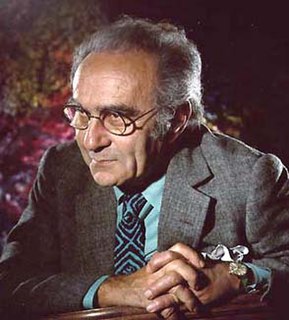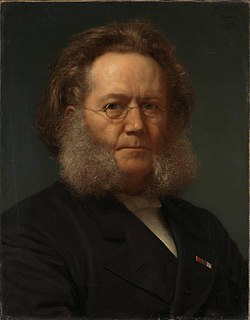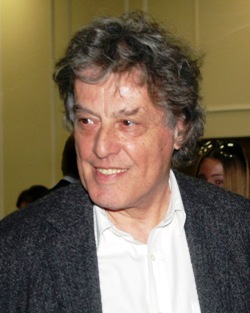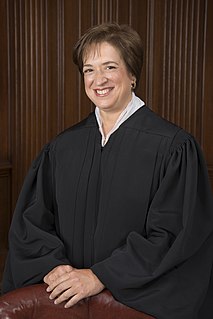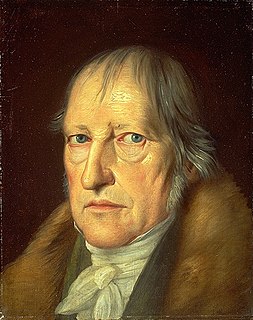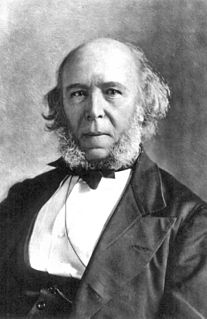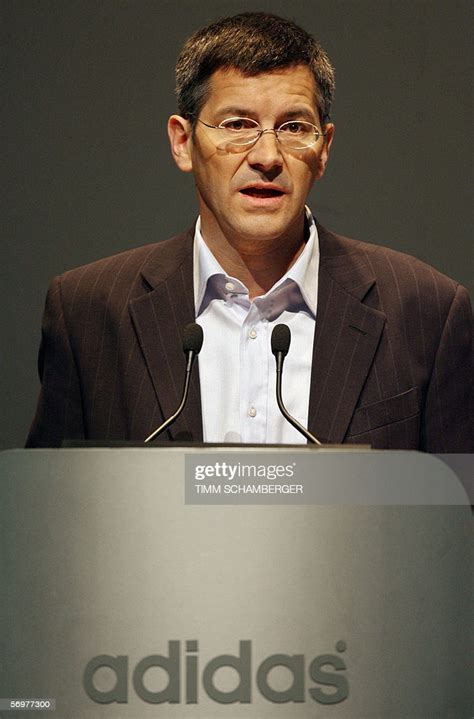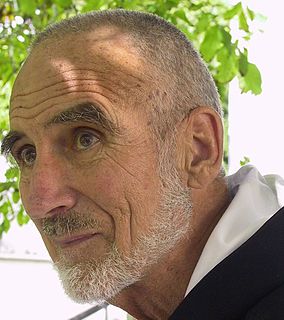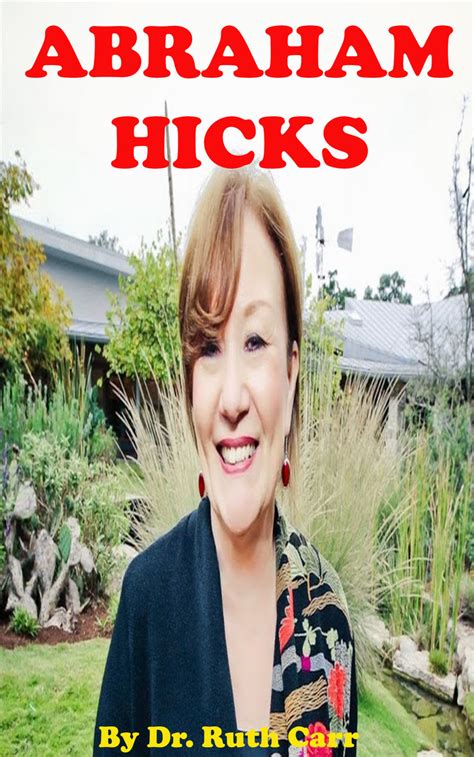A Quote by Frederick C. Beiser
The aesthetic dimension of the ideal state comes out in the idea of harmony, which is the classical idea of beauty as "concinnitas" or "unity-in-variety".
Related Quotes
When Coleridge tried to define beauty, he returned always to one deep thought; beauty, he said, is unity in variety! Science is nothing else than the search to discover unity in the wild variety of nature,-or, more exactly, in the variety of our experience. Poetry, painting, the arts are the same search, in Coleridge's phrase, for unity in variety.
The error of Socrates must be attributed to the false notion of unity from which he starts. Unity there should be, both of the family and of the state, but in some respects only. For there is a point at which a state may attain such a degree of unity as to be no longer a state, or at which, without actually ceasing to exist, it will become an inferior state, like harmony passing into unison, or rhythm which has been reduced to a single foot. The state, as I was saying, is a plurality which should be united and made into a community by education
The State is the curse of the individual... The State must go! That will be a revolution which will find me on its side. Undermine the idea of the State, set up in its place spontaneous action, and the idea that spiritual relationship is the only thing that makes for unity, and you will start the elements of a liberty which will be something worth possessing.
In this same tradition, beauty is inextricably bound up with the principles of order and harmony believed to underlie the cosmos. Artists in the Classical tradition, inspired by Platonic idealism, strove to create images that represented not the world of particulars-with all its defects-but an ideal image conceived in the mind, which was taken as representing some absolute, pure, ideal form of which all particular, material forms are but a mere shadow.
The idea of the state is, or should be, a very limited, prescribed idea. The state looks after the defense of the realm, and other matters - raising revenue to pay for things which are for all of us, and so on. That idea has turned turtle now. The state isn't any longer perceived as an institution which exists to serve us.
There is a sinister anachronistic interpretation of the aesthetic state as some kind of totalitarian regime that puts aesthetic over moral standards; one associates it with national-socialism. But this has nothing to do with the romantics, whose ideal of the aesthetic state has much more to do with the republican tradition.
The image cannot be dispossessed of a primordial freshness, which idea can never claim. An idea is derivative and tamed. The imageis in the natural or wild state, and it has to be discovered there, not put there, obeying its own law and none of ours. We think we can lay hold of image and take it captive, but the docile captive is not the real image but only the idea, which is the image with its character beaten out of it.
All the worth which the human being possesses all spiritual reality, he possesses only through the State... For Truth is the Unity of the universal and subjective Will; and the Universal is to be found in the State, in its laws, its universal and rational arrangements. The State is the Divine Idea as it exists on Earth. We have in it, therefore, the object of History in a more definite shape than before; that in which Freedom obtains objectivity...
If there is anything the artist or a true work of art teaches us, it is that variety and complexity really increase the unity, and that to achieve unity within a great variety of complexity is a greater achievement and more satisfying piece of art than to achieve unity with just a few elements, which is relatively easily achieved.
I want to be the best that I can be. I want to do and have and live in a way that is in harmony with my idea of the greatest goodness. I want to harmonize physically here in this body with that which I believe to be the best, or the good way, of life. If you will make those statements, and then do not take action unless you feel good, you will always be moving upon the path in harmony with your idea of that which is good.

